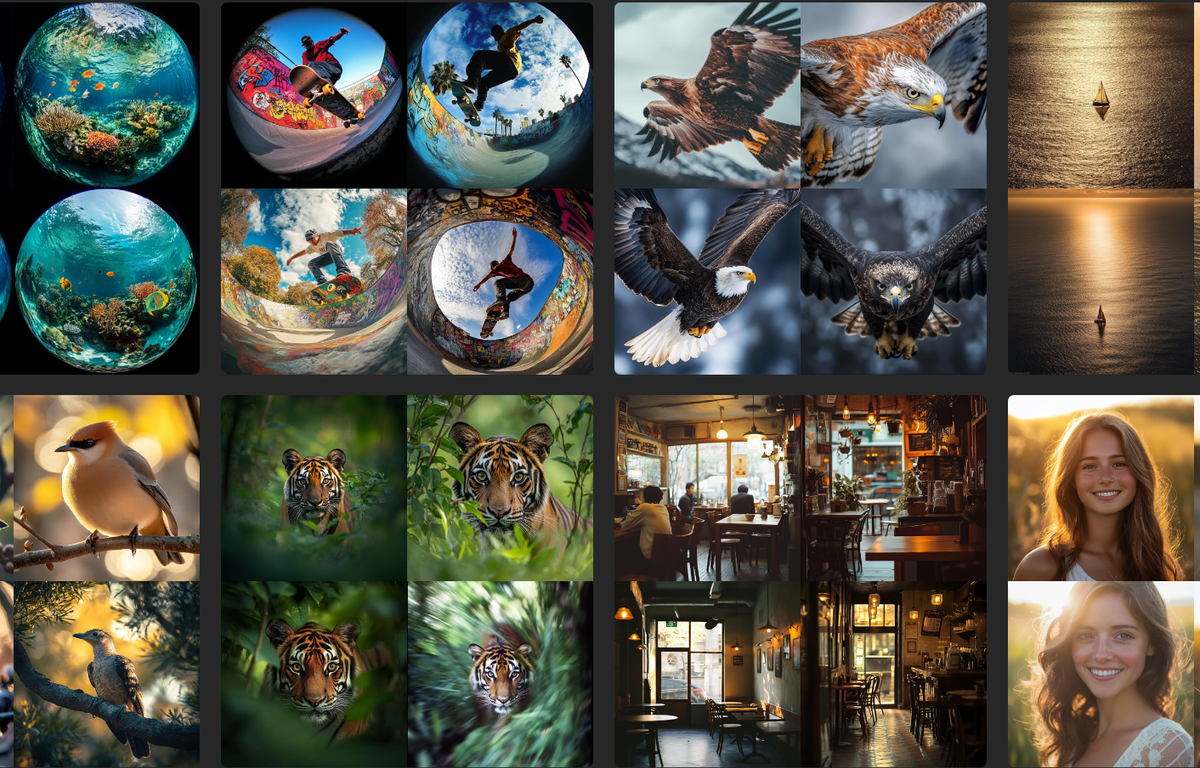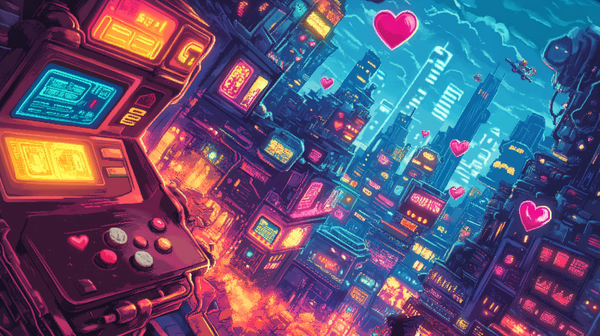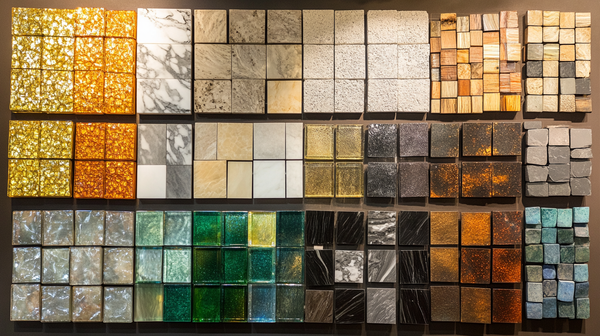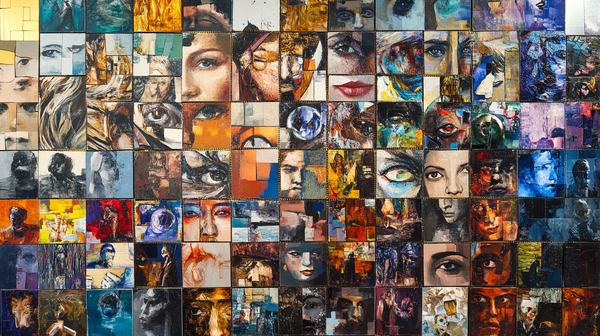Mastering Midjourney Focal Lengths: 10 Prompting Techniques for Stunning Depth and Perspective
Creating stunning AI-generated art in MidJourney is about more than just describing your subject. To achieve a truly cinematic look, understanding how to prompt for different focal lengths—from dramatic ultrawide shots to intimate long zooms—is a game-changer.

What Are Focal Lengths in Photography and Art?
In photography, focal lengths refer to the distance (measured in millimeters) between a camera lens and its sensor. These measurements affect the field of view and the amount of visual compression in your image:
- Ultrawide (e.g., 14mm–24mm): Expansive views, dramatic perspective, exaggerated depth.
- Standard (e.g., 35mm–50mm): Natural, human-like field of vision.
- Telephoto (e.g., 70mm–200mm): Close-ups, compression of background and subject.
- Superzoom (e.g., 300mm+): Extreme close-ups, isolating small details.
In MidJourney, using focal lengths in your prompts helps the AI decide how to frame your subject, allowing you to create breathtaking visuals with intentional composition.
How to Prompt for Different Focal Lengths in MidJourney
1. Ultrawide Angle (14mm–24mm)
Use Case: Dramatic landscapes, dynamic group shots, or exaggerated perspectives.
Ultrawide shots capture a lot of the scene, making them ideal for grand, immersive images. The perspective distortion elongates and stretches objects near the camera, adding drama and depth.
Example Prompts:
"A futuristic cityscape seen through an ultrawide lens, vibrant neon lights, towering skyscrapers, cinematic perspective, 14mm focal length"

"A giant ancient tree in an enchanted forest, ultrawide perspective, mystical fog, 16mm lens look, vibrant greens and browns"

Tips:
- Add words like "dynamic," "immersive," or "expansive" to emphasize depth.
- Reference specific focal lengths (e.g., 14mm or 16mm) for clarity.
2. Wide Angle (24mm–35mm)
Use Case: Environmental portraits, storytelling scenes.
Wide-angle shots balance the environment and subject, creating images that feel grounded but still provide context.
Example Prompts:
"An urban street at sunset, captured with a 35mm lens, detailed architecture, bustling market scene"

"A traveler standing on a cliff with a vast ocean backdrop, wide-angle lens, natural light, 24mm perspective"

Tips:
- Mention "environmental perspective" or "contextual framing" to highlight the subject and its surroundings.
3. Standard Lens (35mm–50mm)
Use Case: Realistic, balanced compositions.
The standard lens replicates the human eye's perspective, making it great for portraits and natural compositions.
Example Prompts:
"A close-up portrait of a smiling woman in golden hour lighting, shot with a 50mm lens, soft background blur"

"A cozy café interior, warm lighting, captured with a 35mm lens, inviting atmosphere"

Tips:
- Use "natural perspective" or "human-like framing" for prompts.
4. Telephoto (70mm–200mm)
Use Case: Portraits, isolated subjects, compressed backgrounds.
Telephoto lenses bring your subject closer while creating a dreamy, compressed background that feels intimate and polished.
Example Prompts:
"A detailed portrait of a tiger prowling in the jungle, 135mm lens, sharp focus on the eyes, blurred green background"

"A lone sailboat on a vast sea at sunset, telephoto lens, dramatic compression, golden hues"

Tips:
- Use terms like "isolated subject" or "background compression" for clarity.
5. Superzoom (300mm+)
Use Case: Extreme close-ups, wildlife, and distant details.
Superzoom lenses excel at focusing on small, faraway details, offering a feeling of exclusivity and intimacy.
Example Prompts:
"A close-up of a bird perched on a tree branch, feathers glistening, 400mm lens perspective, soft morning light"

"A close-up of an eagle in flight, wings fully spread, captured with a 400mm lens, crisp details, blurred sky background"

Tips:
- Mention "tight framing" or "extreme detail" for precision.
6. Bonus: Fisheye Lens (8mm–15mm)
Use Case: Distorted perspectives, creative effects, and 360° environments.
The fisheye lens captures an ultra-wide field of view, often creating a distinct, spherical distortion that bends straight lines into curves.
Example Prompts:
"A surreal underwater scene viewed through a fisheye lens, colorful coral reefs and tropical fish, 8mm perspective, spherical distortion"

"A skateboarder performing a trick in an urban park, captured with a fisheye lens, dynamic angles, vibrant graffiti background"

Tips:
- Use terms like "spherical distortion," "dynamic curvature," or "immersive view" to emphasize the fisheye effect.
Advanced Tips for MidJourney Prompts
- Combine Keywords for Realism
Use descriptors like "cinematic," "high dynamic range," or "bokeh" alongside your focal length to enhance realism.Example:
"A cinematic shot of a knight in battle, captured with a 70mm lens, dramatic bokeh, intense lighting, high detail" - Experiment with Ratios
Include aspect ratios in your prompts to control the frame's width and height. For instance, "16:9 cinematic ultrawide shot" enhances the impact of wide-angle views. - Lighting and Depth
Phrases like "depth of field," "sharp foreground, soft background," or "natural light" can refine the AI's understanding of your focal length's effect. - Iterate and Upscale
Test variations of focal lengths in your prompts to see how subtle changes affect the output. Use MidJourney’s upscale tools to enhance final details.
Final Thoughts
Mastering focal lengths in MidJourney is all about framing your subject in a way that tells a story. Whether you're creating an expansive landscape or an intimate portrait, knowing how to prompt for ultrawide, standard, or telephoto perspectives unlocks endless creative possibilities. Experiment with these techniques to create awe-inspiring AI art tailored to your vision.
Are you ready to level up your MidJourney creations? Share your favorite prompts and compositions in the comments!




